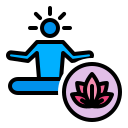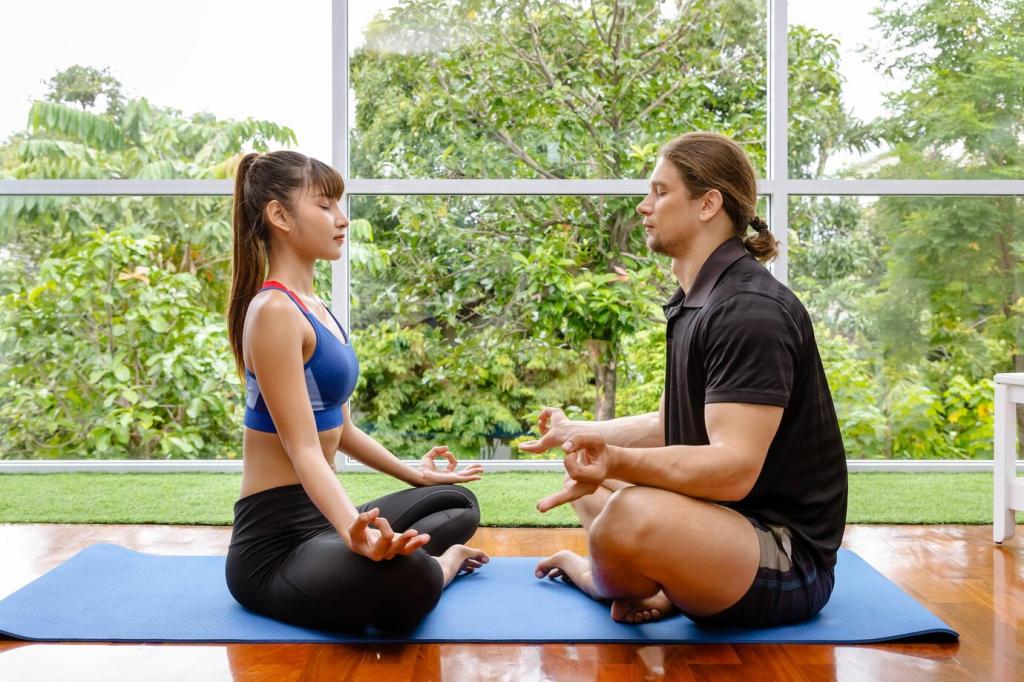Nature Journeys for a Quiet Mind
Walk beneath tall trees as dappled light flickers across the path. You smell moss and clean soil, hear a distant creek, and touch rough bark. Each step lands softly, grounded and sure. Your breath synchronizes with the hush of leaves. Try it today, then share one specific forest detail that helped your shoulders drop.
Nature Journeys for a Quiet Mind
The tide draws silver threads across smooth stones. Air tastes faintly of salt; a gentle breeze cools your temples. The horizon blushes violet as gulls arc quietly overhead. Let your thoughts drift out with each receding wave. Afterward, journal three words that describe your mood, and post them to inspire someone else’s calming practice.


